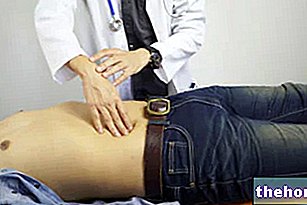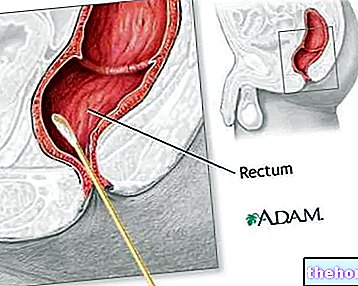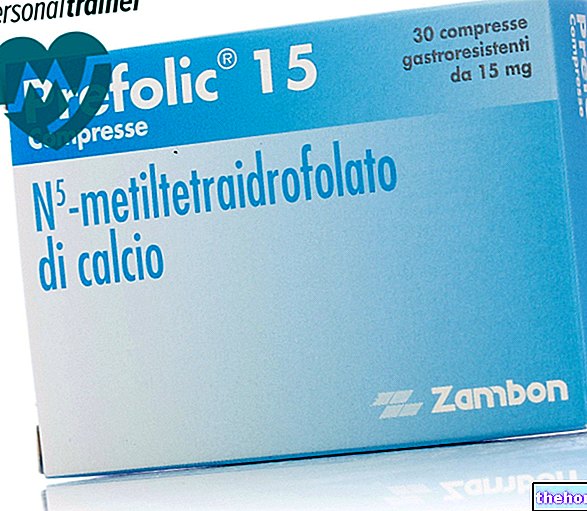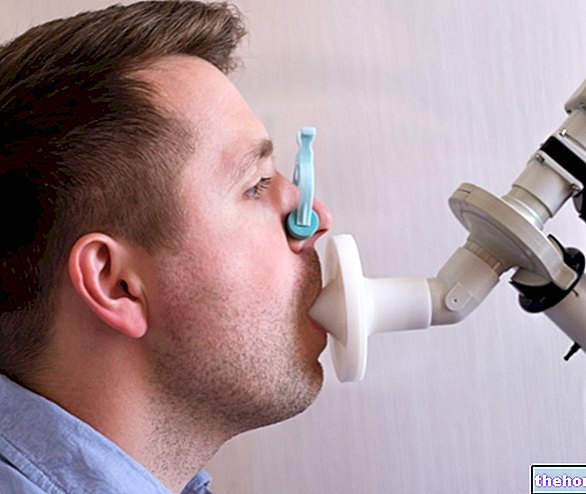Blumberg sign

Blumberg's sign is evoked by slow compression of the abdomen, followed by an abrupt release of the hand from the abdominal wall.
In people with peritonitis, compression of the abdominal wall causes pain, but this is more pronounced when the hand is abruptly released, interrupting the compression. For this reason, Blumberg's sign is also known as rebound tenderness. The maneuver is performed with the patient in the supine position.
Blumberg's sign is typically positive in acute appendicitis. More generally, this sign is positivized in the case of peritoneal involvement (peritonitis), which can also be present in the case of intestinal ulcerations or severe pelvic inflammatory disease.
Recall that, in addition to being generally positive for Blumberg's sign, subjects with peritonitis often suffer from severe localized (initially) or widespread (later) abdominal pain, which force them to assume a fetal position (with legs curled up on the abdomen). ); the abdominal wall is usually very rigid (wooden or table abdomen); nausea, vomiting and fever may also be present. Since peritonitis is a "medical emergency, in the presence of these symptoms it is advisable to immediately alert the medical assistance.




























